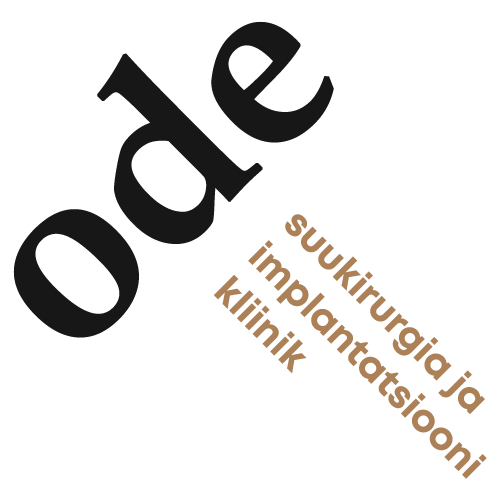Orthodontics was long considered primarily a beauty treatment: sort of a luxury, which perhaps was not necessary from the point of view of dental health. But with the development of dental care orthodontics has become an accessible and necessary treatment to many, which also affects long-term health.
According to publications, 65% of people have an average or severe malocclusion.
Orthodontic treatment can significantly improve the following:
Cleaning of Teeth
Rotated and crooked teeth are much more difficult to brush and floss. Dental plaque can accumulate in hard-to-reach places, allowing caries and gingival diseases to form. It is easier to clean teeth that are well aligned. It provides a prerequisite for good long-term tooth health.
Dental Occlusion
Sometimes teeth can be properly aligned, but maxillary and mandibular teeth do not fit correctly. This can result in extensive wear and supportive tissue diseases due to excessive loading. Excessive loading can fracture teeth and fillings.
Dental occlusion issues can cause mandibular joint ailments and muscle- and headaches.
Dental occlusion issues can cause mandibular joint ailments and muscle- and headaches. Sometimes dental occlusion needs to be corrected before prosthetics, as dental occlusion has changed due to previously lost teeth, or functional or aesthetic replacement of teeth this way is not possible.
Aesthetics
Many people wish to have a beautiful smile. Properly aligned and cared for teeth raise confidence and lift the spirit.
If malocclusion is left untreated…
With properly aligned teeth it is easier to take care of hygiene, which reduces risk of gingivitis and dental caries. Excessively protruded maxillary front teeth are more receptive to trauma. Incorrect dental occlusion can load some teeth more than others, which can cause traumatic dental occlusion (e.g. biting into the palate), extensive wear of teeth and mandibular joint issues. Some cases of malocclusion also impair speech and chewing.
First Appointment
During orthodontic consultation, the patient’s dental occlusion is measured, diagnostic models, X-rays and photos are taken. General health and dental history is also collected. An orthodontist prepares an individual treatment plan for the patient based on this data.
The first orthodontist appointment should be made at 7 to 8 years of age. Device treatment usually does not begin at this age, but in the case of more severe malocclusion, growth modification can be initiated just then. It is possible to direct a growing child’s jaw growth, effectively expand the maxillary dental arch. There are often more options for correcting malocclusion in younger people.
Sometimes an orthodontist may deem necessary to remove teeth to make room for other teeth or close the anterior hiatus.
Several malocclusions (crossbite, prognathic occlusion) are closely related to respiratory problems (chronic rhinitis, adenoid, enlarged tonsils, polyps). In this case, the orthodontist first refers the patient to an otorhinolaryngologist. It is also necessary to pay attention to bad habits, such as prolonged pacifier use, sucking on fingers and objects, chewing nails, etc. These habits prevent full correction of the malocclusion and the teeth can shift back to their pre-treatment position.
There is no age limit to orthodontic treatment.
There is no age limit to orthodontic treatment. However, treatment decisions for adults can be affected by overall condition of the mouth (missing teeth, inflammations, periodontitis) and general health (diabetes). Therefore, in addition to orthodontic treatment, caries, inflammations, periodontal (supportive tissue) and prosthetic treatment may be required. Other specialists, such as a hygienist, a doctor treating teeth, an oral surgeon or a prosthodontist, will also participate in the preparation of the treatment plan.
Orthodontic treatment of permanent teeth is mostly carried out with braces. An orthodontist may use additional devices (palatal arch, anchoring implant, etc.) to strengthen the anchoring. Once growth is complete, surgical work or orthognathic surgery may be required in addition to treatment with braces to correct dental occlusion.
So-called plate treatment can be used in case of very light malocclusions, when it is necessary to correct the misalignment of one tooth. Generally plate treatment is carried out in children with varying dental occlusion.

